Video Menu
My Favorite Videos
My Favorite Videos
Clamshell Drill - How to Cure Early Extension
Sorry, you need to be a member to access this video.
You Are Just Seconds Away - Become a member here!
Already a member? Log in now
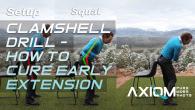
The Clamshell Drill is the key to the golf swing, no seriously! If you want to see how the pros differ from the joes in just one simple drill, then this is it. If you struggle with losing your posture, swinging over the top, a sore back and inconsistent, weak shots, then you MUST learn this simple yet effective drill now! Here's a link to where Tiger was talking about some of these moves in his swing: Tiger Woods Talks About Hip Movement
all right guys I am super excited to share what I'm going to do share with you today on one of the most if not the most important moves in the entire golf swing if you get this right you're going to see how everything falls into place and I've talked about it for many many years but I'm going to get into super detailed stuff today that's going to help you understand how to make this move really simple by simply understanding exactly how to do a couple key pieces now as you can tell it's not exactly golf weather here's June 9th we got three inches of snow overnight in the San Juan mountains but doesn't mean you can be out don't have to be outside practicing you can do this inside I'm going to use as you guys know I have a serious disdain for training aids so I just have a simple chair here it's all you need a kitchen countertop anything that you can put about hip line is all you need to learn how to master what is the most important and powerful move in the golf swing if you swing over the top if you struggle with casting the club if you struggle with your shoulders getting to open an impact if you struggle with losing your posture especially these are all things that the tour pros don't do but most amateurs do the exact opposite I'm going to show you and explain exactly why today you're losing your posture losing your spine angle not hitting the ball the way that you want and learn how to feel and get incredible power out of your lower body by just doing one simple drill and again you don't need complicated gizmos and training aids I'm going to use a chair that's all you need to learn the secret of how the pros use the lower body so here's what we're going to do what I want you to do first I've been paying a lot of attention on the Facebook group to the videos you guys are posting on there and watching a lot of the same common mistakes over and over again and people don't understand some of the most basic stuff where they they kind of ignore and and we all kind of fall into these traps especially as we get tired with posture at setup I'm guilty of it too and so one thing I just want to emphasize again in this video is as you're setting up to this I want you to set up properly which means first lock out your knees like my my quads are tight here I'm literally locked out hinging from the hip socket with my spine nice and neutral and then just barely relax them as you start doing this and just adding knee flex and getting squatty which we see all the time and online lessons and in the Facebook group it changes every single aspect of your swing and it makes it basically impossible to do what you're going to learn how to do today which is what I call kind of the clamshell which you're going to understand in just a moment this clamshell drill if you will if you're setting up like this and squat you're always going to almost always have a little extra curvature in your lower back your upper back's going to be rounded like this to get to the ball I call it you've heard me talk about the pumpy dog puppy dog humping the fire hydrant this is kind of what it looks like and this is maybe a little exaggerated for some of you and for others you may look even worse we've seen everything in between so keep your legs nice and straight hinge rim hips suck and just barely relax your knees and you'll find if you're the type of person who struggles with the stance with being too wide this is really common when you squat down a lot you take a lot of add a lot of knee flex you're going to feel really stable as soon as you straighten your legs it's going to feel really awkward and so you'll find that it's much easier to have a narrow stance when you minimize that knee flex you're going to have such better posture to dress and better angles to get to the ball so anyway now what I want you to do is get set up weight from the center of the ankle to the middle of the foot or the back of the ball of the foot middle of the foot is kind of what we're aiming for here and this you're going to understand why in just a moment because I see a lot of times people way back on their heels you've seen that a lot in the live lessons and what I want you to do is be able to put your hand once you're in your proper setup behind between your butt and the chair or a countertop or whatever else that you're using here so a little bit of space here now here's the key as you're going back as you've heard me talk about so many times it's so important to get loaded up properly in the back single what does that mean exactly and I've explained it in lots of different videos which I'll kind of reference here as we go through this but what I want you to think about is your hip going back and touching that chair so you're erasing that space where your hand was in there and now you're lightly touching it this is your hip going back your knee going back and your weight going back from the middle of your foot to your ankle this is why it's important you can't be way back on your heels you have nowhere to go during the backswing the golf swing is about movement you have to be allowed to move and so if you're already way back on your heels where else can you go you're going to already be off balance and you just don't have anywhere to move to so it's really important that you have your weight forward enough that you can move your hip back now the first thing you're probably going to notice is say well hey I'm supposed to maintain knee flex in my back knee right yes absolutely the opposite of that would be this we don't want your leg hyper extending but as you move your knee back losing a little bit of knee flex is okay we just see this kind of stuff all the time and also keep in mind the swing is happening in 3d so as I move back if you look at it here it still looks like I have more knee flex than when you're looking at it straight down the line because my hips are turning as well so anyway back to this nice and tall through the lower body my hands got the space now as I go back I move my hip back so that my glute touches the chair this is important super important because so many times guys move out on the balls of their feet their hips slide they don't move their hip back you don't move into that hip you need to move into this hip socket another video I did many many years ago was talking about this crease that you can see in your pant as you go back properly you can see that my pant leg you know my pant the front of my plants are nice and flat and as I go back and move into my hip that's what creates that look of that crease in my pants so that's what you're looking for if you're looking at yourself face on you're moving back into this loading back getting weight loaded into that glute now that's the easy part to get right but so many people don't do it so really using this just knowing that you have a little bit of space and moving your hip back into it it's gonna make a huge difference in what's going to happen next which is the most important part of the entire golf swing and that is the transition nine times out of ten if you struggle with a proper transition it's probably because you didn't load your lower body correctly and you overloaded your arms and shoulders so when you're doing this your focus is going to be here your arms can now first of all they have room to swing back the lower body is helping move them back and now they can stay a lot more relaxed and now as you start down your whole focus is switching sides and what I mean by that is the left hip is now going to go back and go back further than what the left did or excuse me what the right did so now I'm just lightly touching it because my hips are also turning here but now as the left goes back my focus is sitting into that left side pushing that left hip back and even trying to bump the chair up a little bit just a little bit here just so that I get that hip back now you can see why I talk about this is like the clamshell because as I'm standing here to dress nice and tall my hip goes back that makes my spine angle increase slightly and then as I get a little bit more aggressive with it now you can see that my spine angle has gone forward even more and my legs this is what the squat to square is my hips are going my left hip is going back my right hip goes back in the backswing left hip goes back in the downswing and I look like I'm folding over like a lawn chair that's the feeling or the look when you're looking at it on video when you do it right now the opposite of that let me show you what happens so often so I'm going to stand up I'm going to have a little bit of space here so you guys can see the gap and I'm going to you know over flex my knees a little bit now as I go go back my hip doesn't touch this in fact it may even move away from it and then I fire with my right side and this is my follow-through now I'm nowhere near that this is why people lose the tush line they change their swing plane they change their spine angle some of it has to do with starting with too much knee flex at address and then once you do that you can't move into this hip and then you push hard from the right side and you move away from that you want to do it correctly by moving the right hip back just a small amount then as you transition to the left the left hip goes back and now as you see it with the club you're going to understand how these golfers on the tour who do this really really well look really powerful and have a ton of room for their arms to outstretch if I'm turning like this and losing my posture my arms get stuck across my body and I look really jammed up it's costing me a ton of speed it's hurting my back but this is helping my spine stay in neutral versus kinking it and spinning it my hip going back is creating room and then I have all this room to release the club with a ton of speed and no effort your lower body and the transition of the golf swing is everything if you get this move right this is how you do the squat to square a lot of times when I'm seeing the squat to square people are kind of going back and then just doing this that's not what we're doing the knee flex increasing is happening as a result as I'm sitting in the left side this leg gets lighter and then as this leg goes back that's what moves this in forward from face on I'll do it just quickly so you can see the difference here's me too squatty all upper body now as I stand nice and tall right hip goes back left hip now working to push that left hip back against the chair tons of room power is now at your disposal by feeling your glutes work in the golf swing so all you need to learn a really powerful transition in the golf swing a chair a coffee counter or anything you have you can put your hip up against and you can learn how to swing just like the best players in the world all right so now let's take this drill and look at what a wide variety of tour pros do as I've argued for years the RST system the method that you're learning the techniques that you use the fundamentals are what all of the tour pros use the vast majority of tour pros all use RST fundamentals now of course we're talking about fundamentals versus variables you're going to see things that may make the swing look different but that's typically due to do with the arms and the hands and and the club and the swing plane those are variables of the swing those are not fundamentals I've explained why that is in another video because simply those are dependent on how your body moves how the other parts of your your arms move and so on that's what creates a swing plane etc so let's look at in this case let's take Patrick Reed Patrick Reed you may look at him and say is he a rotary swinger is he using the RST fundamentals well the stuff that you just learned in this video absolutely let's take a look so here you can imagine I've got that the red line represents the the chair drill that we just looked at and so now watch as he goes back he obviously moves into it now watch during the transition this is where it really happens where the load really happens he really pushes back now you can see his hip is actually on the other side of that line staying back against it now watch the left hip boom on the other side just like what you just learned how to do in the drill notice the space that he has in the release with his arms this is the RST movement this is that clamshell drill this is the squat to square all powerful golfers all great ball strikers have the same characteristic and it's all done by learning how to move from the core like you just learned in that clamshell drill all right what about DJ Dustin Johnson you guys look at his swings like oh that can't be an RST swing he can't be using the rotary swing fundamentals because look at that crazy shut club face and super strong grip and all the other stuff well again those are variables of the swing the fundamentals are what matter that's what moves the club is your body so watch as Dustin demonstrates exactly what we just talked about note how his hip is already moved back he's broken that chair he's actually moved quite a bit he makes a big hip turn so he's well past that hip line now as he goes back look where that left hip is again all of the tour pros the stuff that matters the fundamentals of the swing the stuff that we talk about in rotary swing the arm plane swing plane stuff like that those are variables the body movement is what you have to focus on and that's what the dead drill is all about teaching you how to do and the tour pros all do it the same way all right now let's take another one Brooks Koepka as he goes back you can see on that hip line with the right hip during the peak of the back swing the left hip goes back stays there again their hips move further back than where they started at address you can see clearly there's a space there now this camera moved a little bit so it makes it he actually moves further back than it looks like but you can still see the exact same things all the tour pros do and when you compare this to the average amateur nearly every single amateur in on the planet is moving their hips into the ball on the downswing all right let's take one last one we all know who this is of course mr woods same thing in fact tiger actually talked about this uh relatively recently an interview talking about how he's trying to get deeper into his right hip and then when his when he was talking years ago about how his glutes wouldn't fire is really talking about getting this left side to work in the downswing but again you see the same thing he moves into that right hip into that chair that we just discussed in the drill even exceeds it so now if you drew another line you can see he's actually all the way out there and then of course the left hip goes out there as well and that is again the main difference between amateur golf and pro golf is how the hips work and now you know exactly how to do it by doing my clamshell drill

























































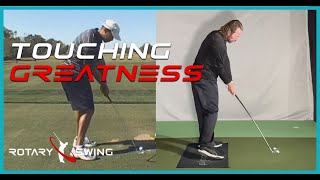
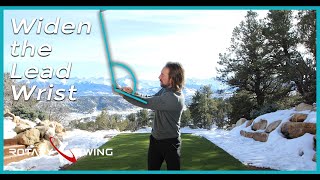
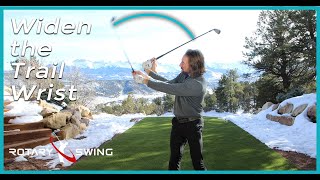
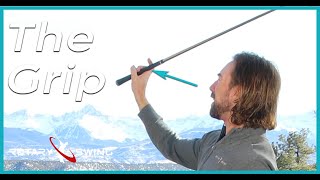
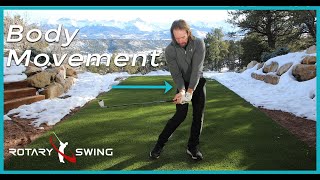

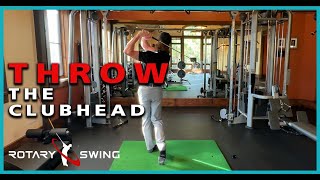






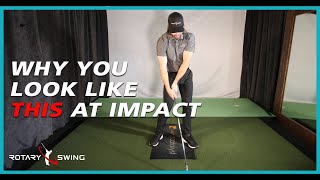
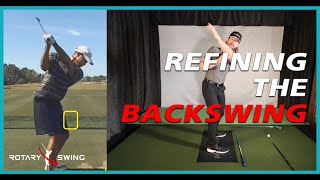
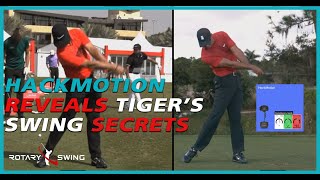
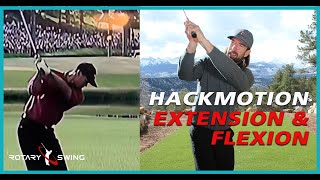
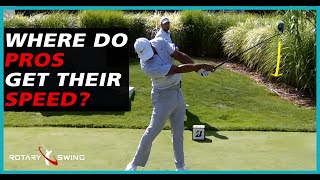
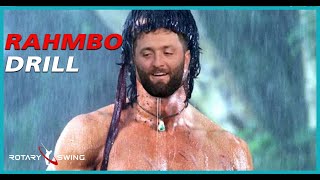
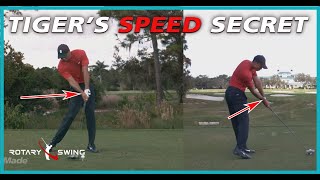




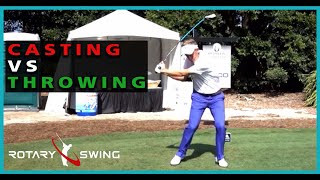
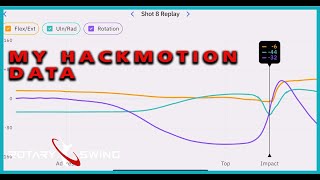
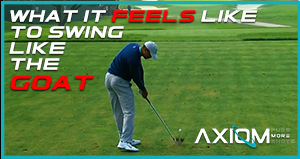
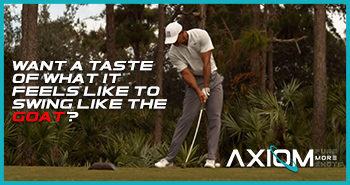
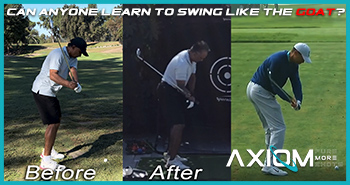

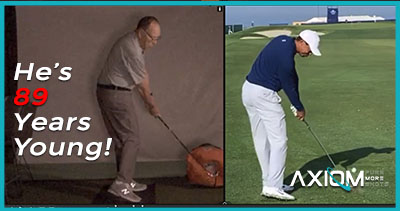
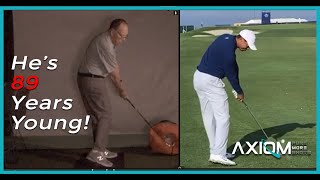
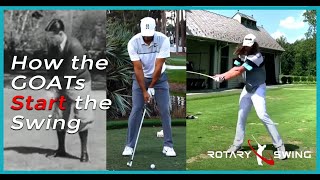
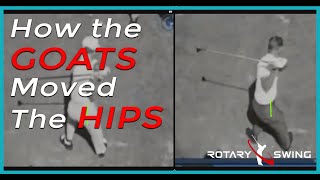
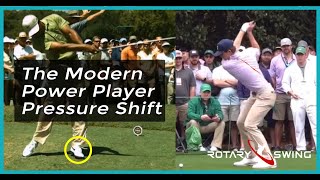
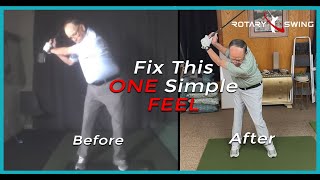
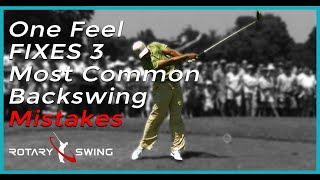
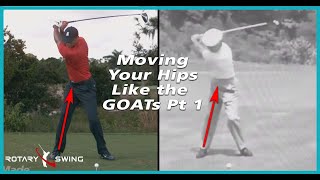
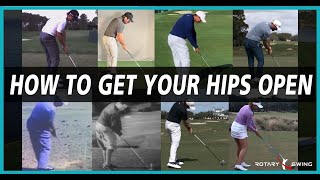
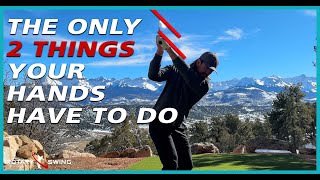
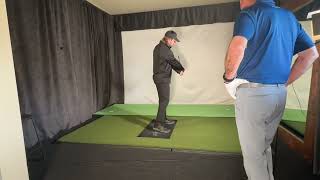
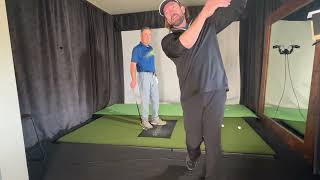
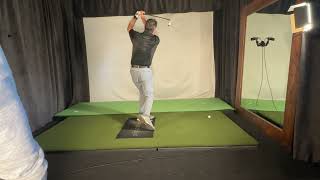
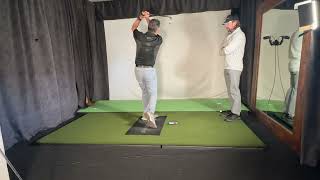
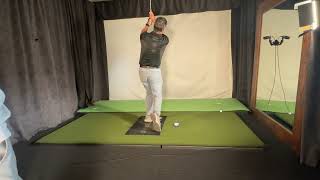
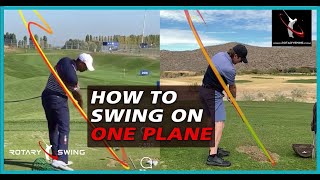
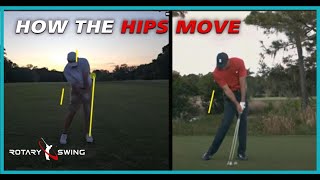
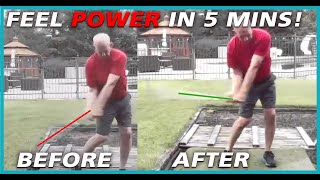
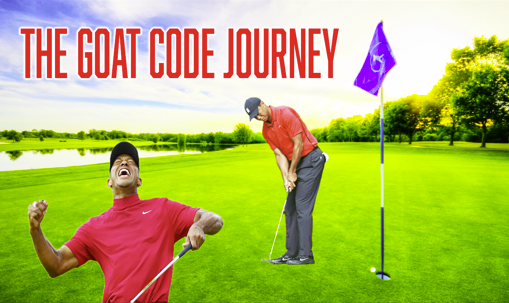
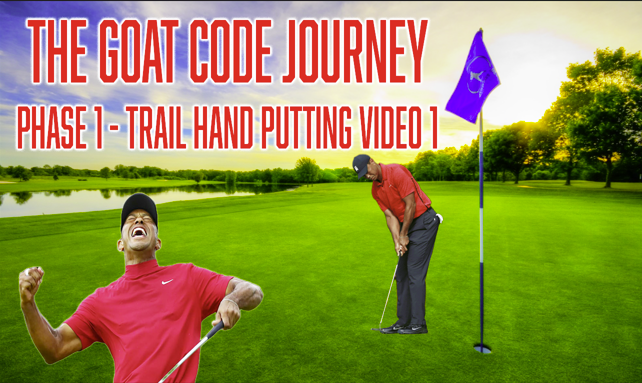
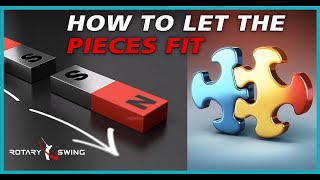

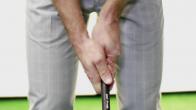
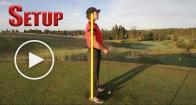
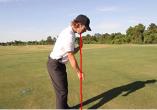
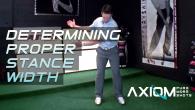
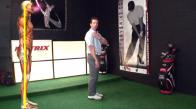
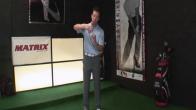
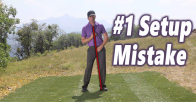
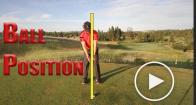
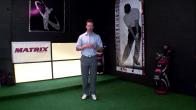
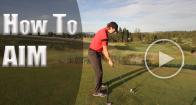
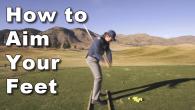
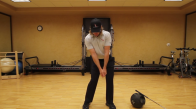
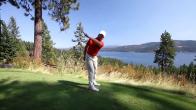
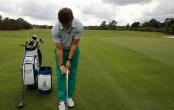
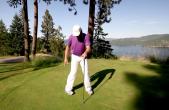
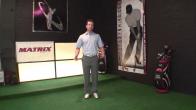
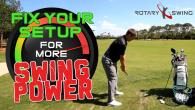

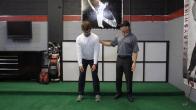
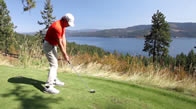
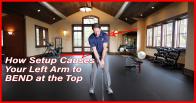
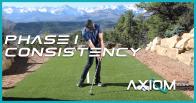
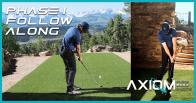
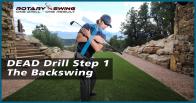
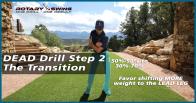
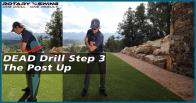

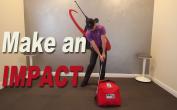
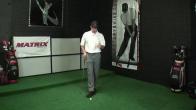
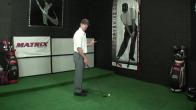
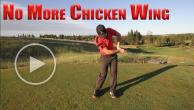
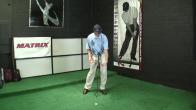
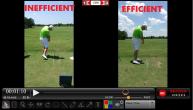
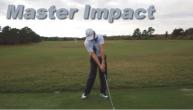
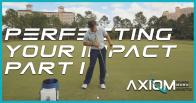
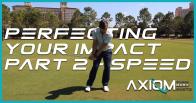
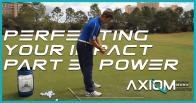
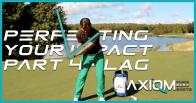
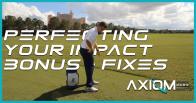
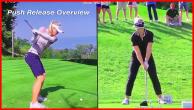
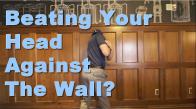
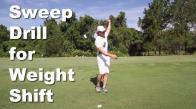
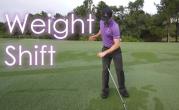
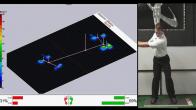
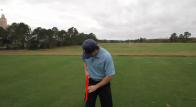
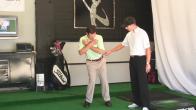
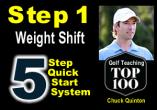
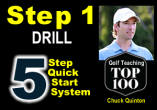
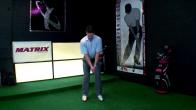
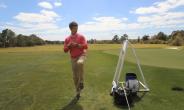
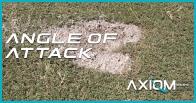
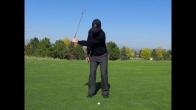
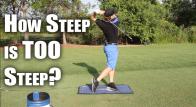
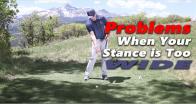

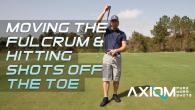
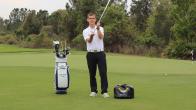
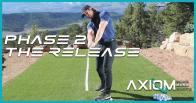
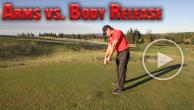

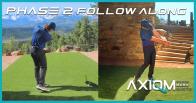
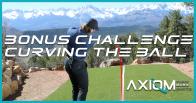
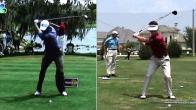
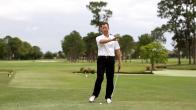
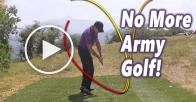
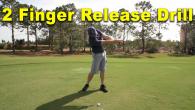


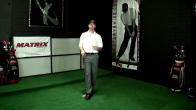
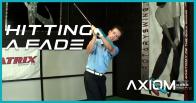
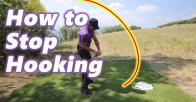

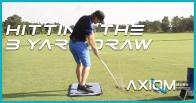
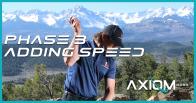


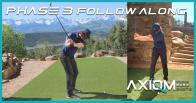
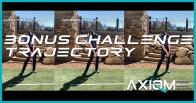
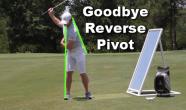
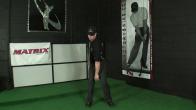
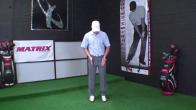
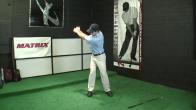
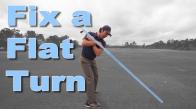

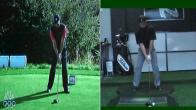
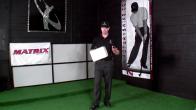
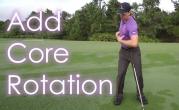
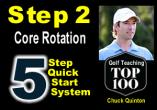
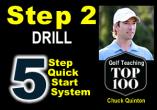
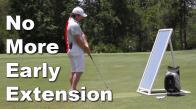
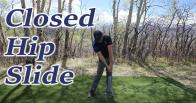

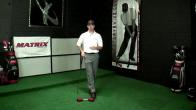
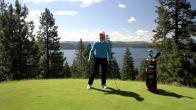
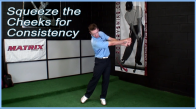
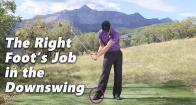
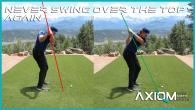


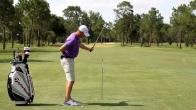
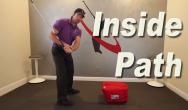

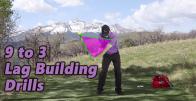
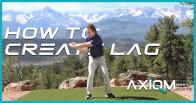
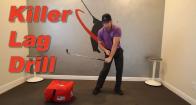
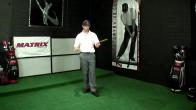
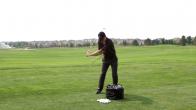
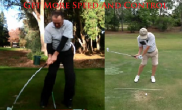
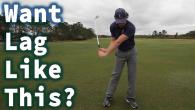

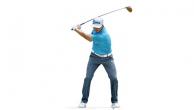

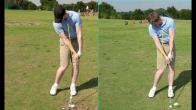
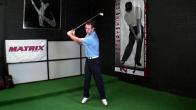
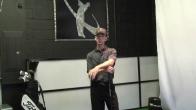
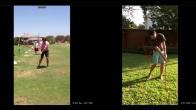
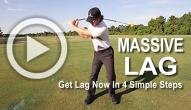
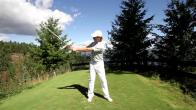
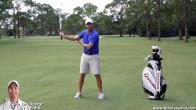
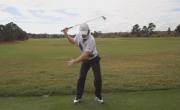
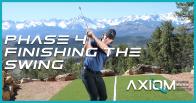
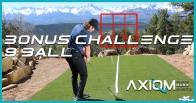
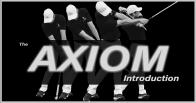
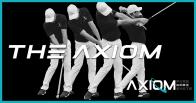
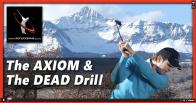
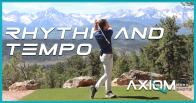
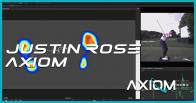
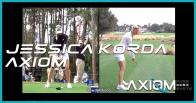
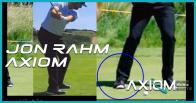
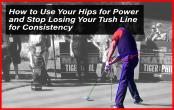
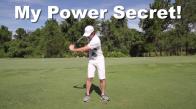
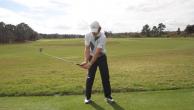
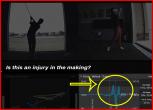
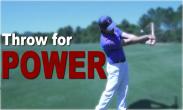
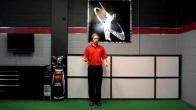
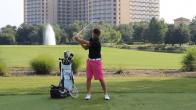
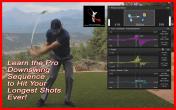



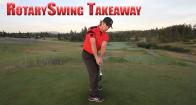

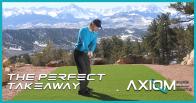
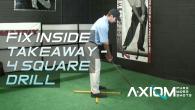
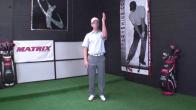
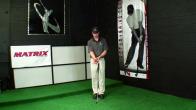

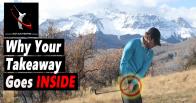
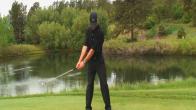
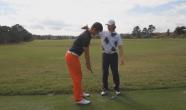
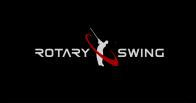
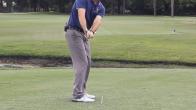
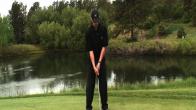
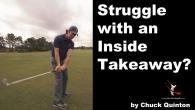
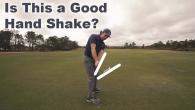
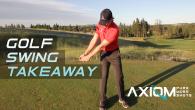
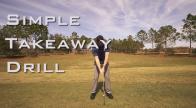
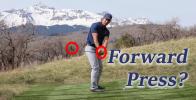
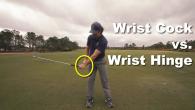
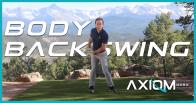
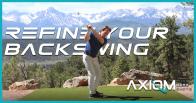
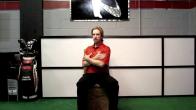
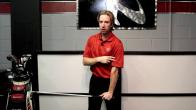
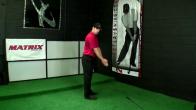
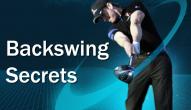
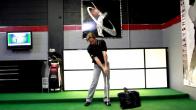
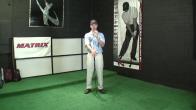
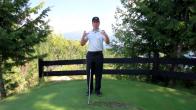
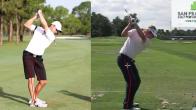

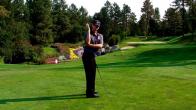

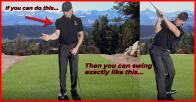

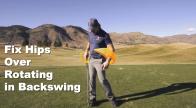
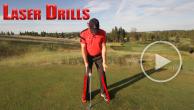
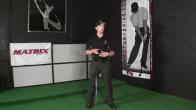
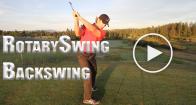
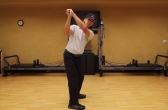
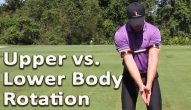
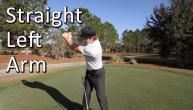
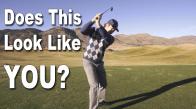


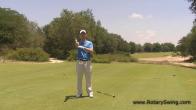
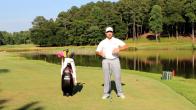
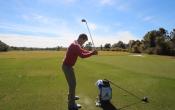


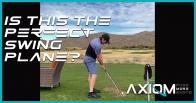

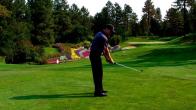
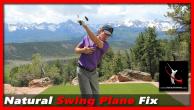
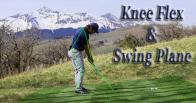
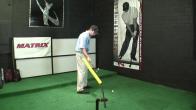
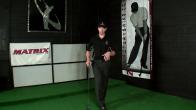
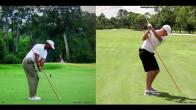

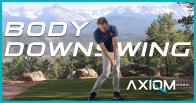

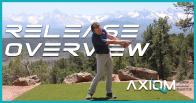
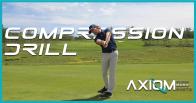
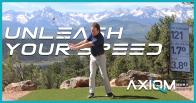
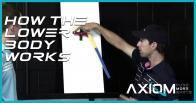
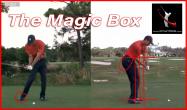
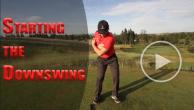
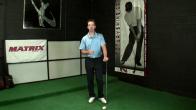
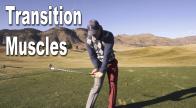
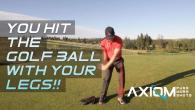
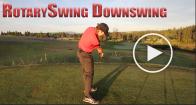
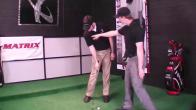
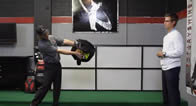
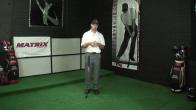
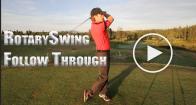
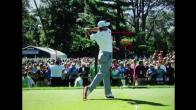
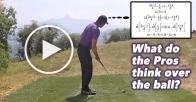
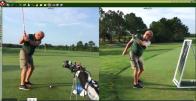

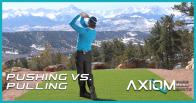
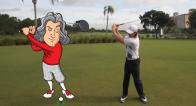
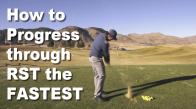
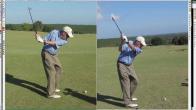
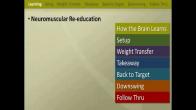
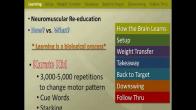
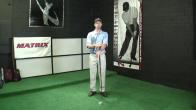
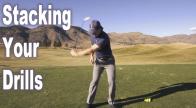
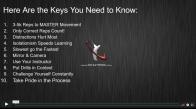
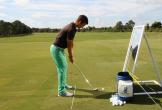
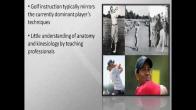
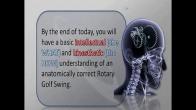
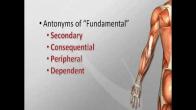
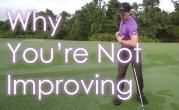

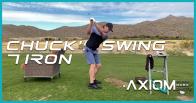
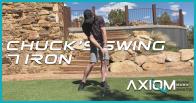
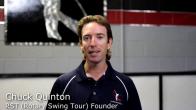
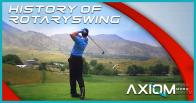

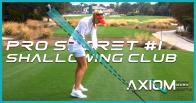
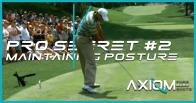
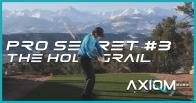
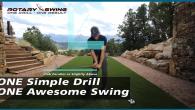
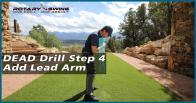
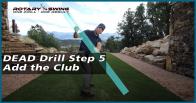
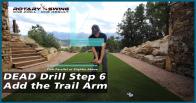
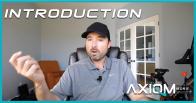
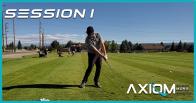
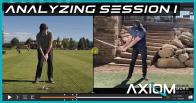
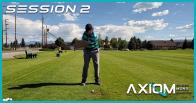
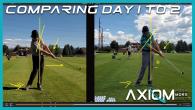
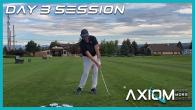
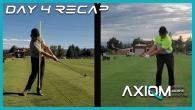
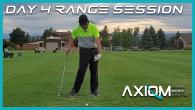
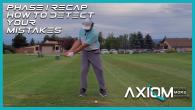
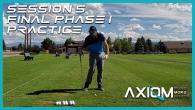
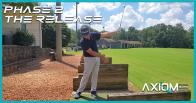
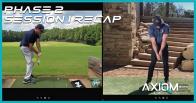
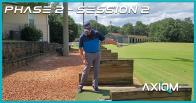
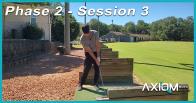
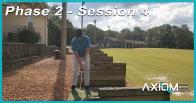
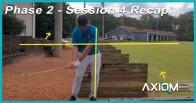
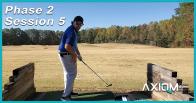
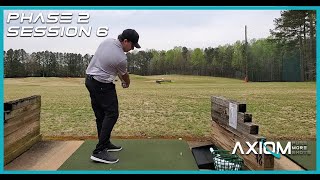
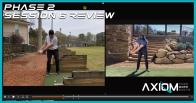
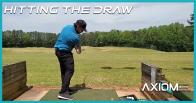
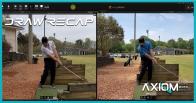












































































































Kendall
Craig (Certified RST Instructor)
Kendall
seth
Craig (Certified RST Instructor)
seth
Craig (Certified RST Instructor)
seth
Craig (Certified RST Instructor)
Lee
Craig (Certified RST Instructor)
Edmund
Craig (Certified RST Instructor)
gordon
Craig (Certified RST Instructor)
gordon
Craig (Certified RST Instructor)
Stanley
Craig (Certified RST Instructor)
Michael
Craig (Certified RST Instructor)
Michael
Craig (Certified RST Instructor)
richard
Craig (Certified RST Instructor)
richard
Craig (Certified RST Instructor)
richard
Pete
Craig (Certified RST Instructor)
Pete
David
Craig (Certified RST Instructor)
David
Gavin
Craig (Certified RST Instructor)
joseph
Chris (Certified RST Instructor)
Gavin
Craig (Certified RST Instructor)
David
Craig (Certified RST Instructor)
Andrew
Craig (Certified RST Instructor)
Andrew
Craig (Certified RST Instructor)
Andrew
Kyle
Craig (Certified RST Instructor)
Kyle
Craig (Certified RST Instructor)
Kyle
Craig (Certified RST Instructor)
Robert
Craig (Certified RST Instructor)
Gavin
Craig (Certified RST Instructor)
Gavin
Craig (Certified RST Instructor)
Eric
Craig (Certified RST Instructor)
Ryan
Craig (Certified RST Instructor)
Gregory
Craig (Certified RST Instructor)
Brian
Craig (Certified RST Instructor)
Brian
Craig (Certified RST Instructor)
Ron
Craig (Certified RST Instructor)
Joey
Craig (Certified RST Instructor)
Alan
Craig (Certified RST Instructor)
Gerry
Craig (Certified RST Instructor)
Joey
Craig (Certified RST Instructor)
Kevin
Craig (Certified RST Instructor)
Kevin
Craig (Certified RST Instructor)
Jim
Craig (Certified RST Instructor)
Bob
Craig (Certified RST Instructor)
Bob
Jake
Michael (Certified RST Instructor)
Michael (Certified RST Instructor)
Michael
Craig (Certified RST Instructor)
Jens
Craig (Certified RST Instructor)
Gerard
Craig (Certified RST Instructor)
James
Craig (Certified RST Instructor)
James
Craig (Certified RST Instructor)
James
Richard
Craig (Certified RST Instructor)
Alan
Craig (Certified RST Instructor)
James
Craig (Certified RST Instructor)
James
James
James
Kevin
Craig (Certified RST Instructor)
Kevin
Craig (Certified RST Instructor)
Joe
Craig (Certified RST Instructor)
Lawrence
Craig (Certified RST Instructor)
Bill
Craig (Certified RST Instructor)
Bill
Craig (Certified RST Instructor)
Christopher
Craig (Certified RST Instructor)
Mark
Craig (Certified RST Instructor)
Ms Terry
Michael (Certified RST Instructor)
Brian
Craig (Certified RST Instructor)
Brian
Craig (Certified RST Instructor)
Brian
Craig (Certified RST Instructor)
Robert
Craig (Certified RST Instructor)
Scott
Craig (Certified RST Instructor)
Neil
Craig (Certified RST Instructor)
Eric
Craig (Certified RST Instructor)
Brad
Craig (Certified RST Instructor)
Ian
Craig (Certified RST Instructor)
Ian
Craig (Certified RST Instructor)
Richard
Craig (Certified RST Instructor)
Ken
Craig (Certified RST Instructor)
Ken
Todd
Craig (Certified RST Instructor)
William
Craig (Certified RST Instructor)
William
Craig (Certified RST Instructor)
hank
Jonathan
Craig (Certified RST Instructor)
Kevin
Craig (Certified RST Instructor)
Adam
Craig (Certified RST Instructor)
Joseph
Michael (Certified RST Instructor)
Arthur
Craig (Certified RST Instructor)
Mark
Michael (Certified RST Instructor)
Cruz
Craig (Certified RST Instructor)
Cruz
Craig (Certified RST Instructor)
William
Craig (Certified RST Instructor)
David
Craig (Certified RST Instructor)
Gordon
Michael (Certified RST Instructor)
Colin
Chuck
Mike
Chuck
Daniel
Chuck
Rod
Michael (Certified RST Instructor)
Tony
Michael (Certified RST Instructor)
Kenneth
Michael (Certified RST Instructor)
Jeff
Michael (Certified RST Instructor)
Ken
Craig (Certified RST Instructor)
Paul
Craig (Certified RST Instructor)
Richard
Craig (Certified RST Instructor)
Randy
Craig (Certified RST Instructor)
Bill
Craig (Certified RST Instructor)
Ryan
John
Craig (Certified RST Instructor)
Martin
Craig (Certified RST Instructor)
Martin
Craig (Certified RST Instructor)
James
Craig (Certified RST Instructor)
Tom
Chuck
Tom